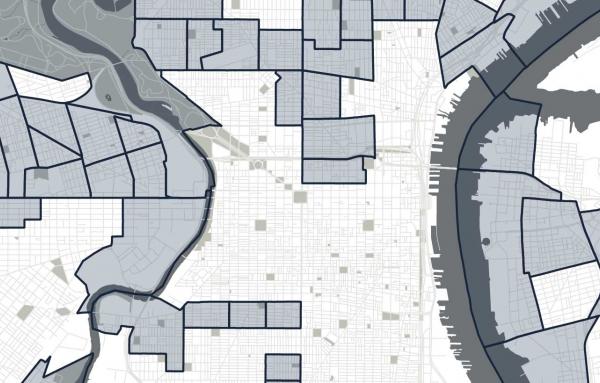Policy
The Biden plan mentions code reform, transit, smart growth, underserved communities, and generally big investments in affordable housing.
Cities respond to the public health crisis through unprecedented immediate action; New priorities are balanced against the ongoing requirements of creating livable and sustainable communities for all citizens.
There's another side to Opportunity Zones: They could be a catalyst for an emerging system of building community wealth that is bottom-up and local—focusing on the "whole neighborhood."
Urbanists can do lot to help improve outcomes in particular Opportunity Zones. Here’s a checklist based on lessons from real communities.
That problem we’ve been having with inefficient, spread-out, unsustainable, automobile-dependent development patterns is solved at last.
The submission deadline is April 5 for this year’s Driehaus Award, to be announced at CNU 27 in Louisville.
Why the key question, always, is this: "Is this this an upward trade?"
Here's an outline of what municipalities can do to promote walkable urban development.
Atlanta is growing at an "unprecedented rate" and is trying to become more multimodal and less car-centric.
Even if you are cynical about about how big money will affect low-income communities, the smart move for municipalities and urbanists is to make the most of this big-impact program.
Opportunity Zones offer significant smart growth potential if investors can find the opportunities, but a new report is of limited use, especially when it comes to smaller cities and incremental development.
Opportunity Zones, a massive new nationwide community development program, will benefit from the work of urban planning thought leaders.










